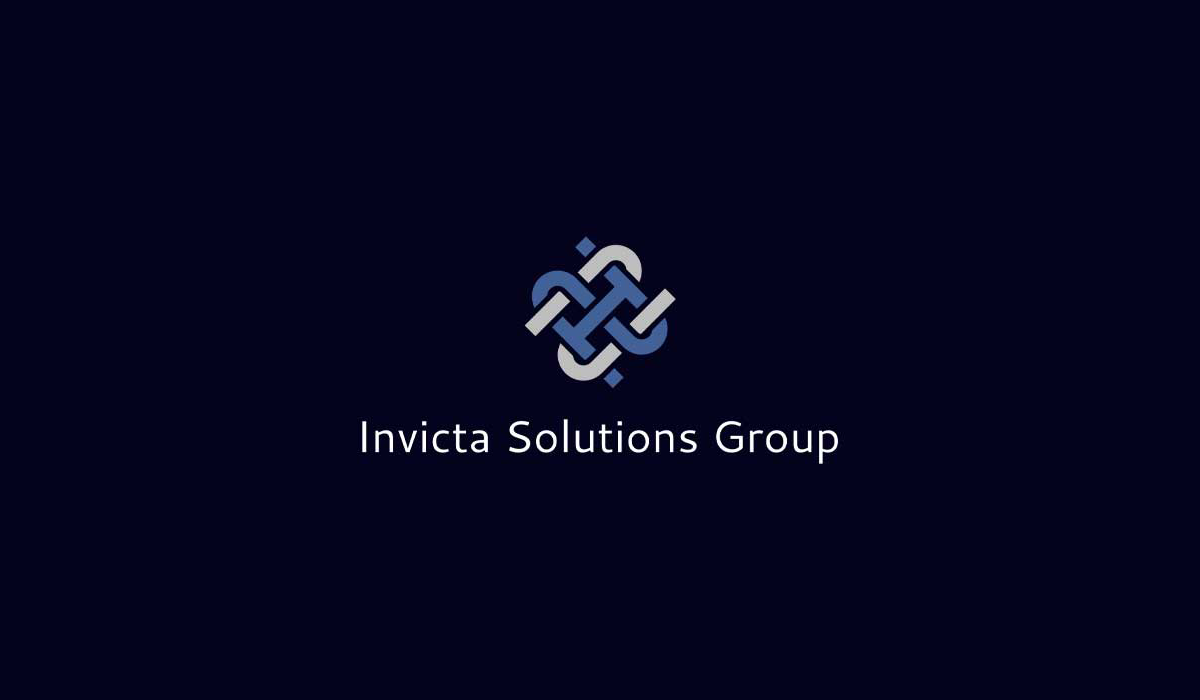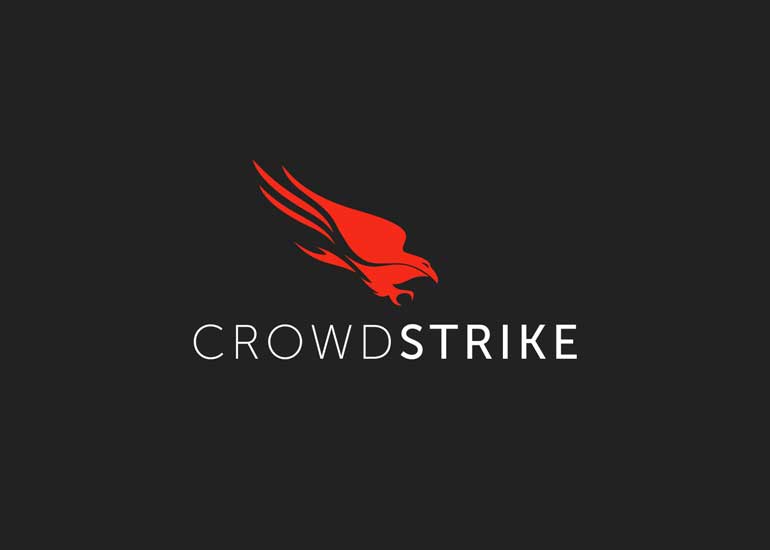By Adam Crenshaw, Cybersecurity Expert
In today’s increasingly cloud-dependent business landscape, organizations face an expanding challenge: the rapid growth of Shadow IT and SaaS sprawl. These trends, driven by the ease of adopting cloud-based tools and the decentralization of technology decisions, are reshaping enterprise risk. According to Abbas and Alghail (2021), the majority of enterprises use hundreds of unauthorized cloud services, many of which are invisible to security teams. While enabling agility and innovation, they also expose businesses to unmanaged risks such as data leakage, compliance violations, and unmonitored access to sensitive systems and assets.
Shadow IT refers to the use of IT systems, software, and services without the direct approval or oversight of an organization’s IT department. It includes everything from unsanctioned collaboration tools to personal cloud storage services and ad hoc project management apps. A study by K. Dhanush, et el., (2024) found that over 66% of surveyed organizations had more than 200 unsanctioned SaaS applications in active use. This lack of visibility creates a significant blind spot for risk and compliance management.As cloud services have become more user-friendly and accessible, business units often bypass IT to meet their own immediate needs.
SaaS sprawl is the natural outcome of unchecked Shadow IT. As departments independently onboard their preferred applications, organizations lose centralized control over where data resides, how it is secured, and who has access to it. This proliferation of unvetted tools results in inconsistent access controls, security misconfigurations, fragmented monitoring, and increased exposure to regulatory risk. Research by Aslam (2023) revealed that SaaS misconfigurations were responsible for a 36% increase in data exposure incidents between 2020 and 2022 across mid-sized and large enterprises. The risk is further compounded when former employees retain access to cloud platforms or when tools go unmonitored for long periods of time.
Traditional security measures, such as perimeter firewalls and endpoint management, are ill-equipped to address this decentralized threat landscape. Legacy approaches assume a static environment, but the modern organization is dynamic, operating across remote workforces, multi-cloud environments, and mobile devices. To effectively manage Shadow IT and SaaS sprawl, organizations need purpose-built tools like:
- Cloud Access Security Brokers (CASBs): These technologies allow IT and security teams to discover cloud services in use, assess risk, and enforce policies consistently across applications. CASBs, for instance, monitor network traffic for unsanctioned apps and can block or restrict their usage.
- SaaS Security Posture Management (SSPM): These tools continuously monitor SaaS platforms like Microsoft 365, Google Workspace, and Salesforce to ensure configurations remain secure and aligned with best practices.
Regaining control over this sprawl requires a deliberate and collaborative roadmap. The first step is visibility. Organizations must implement discovery tools, whether through CASBs, endpoint agents, or DNS analysis, to inventory all SaaS platforms in use. This process should involve business stakeholders to understand why certain tools were adopted outside formal processes. Once discovered, applications should be assessed for their risk level based on data sensitivity, access requirements, vendor security posture, and compliance obligations. Categorizing applications into low, medium, or high risk helps prioritize mitigation efforts.
With visibility established, organizations should develop or revise governance policies that clearly define the process for SaaS procurement, onboarding, and decommissioning. Policies must require basic security criteria—such as encryption standards, access controls, data retention practices, and third-party attestations (e.g., SOC 2, ISO/IEC 27001). Reference to established standards like NIST SP 800-53 (particularly controls AC-19 and SA-9) and ISO/IEC 27017:2015 can provide a structured foundation for secure cloud service adoption.
From a control perspective, integrating SaaS applications with centralized identity and access management systems is critical. Single Sign-On (SSO) and Multi-Factor Authentication (MFA) reduce the risk of credential theft and orphaned accounts. As Guffey and Li (2023) emphasize, seamless integration of IAM tools with cloud platforms significantly lowers insider threat potential and improves overall access governance. Additionally, automating the deprovisioning process during offboarding ensures that former employees cannot retain unauthorized access to critical systems.
SaaS Security Posture Management platforms offer a scalable way to enforce continuous compliance. These tools alert security teams when configurations drift from baseline, such as when an application disables MFA, exposes files to the public, or grants excessive administrative privileges. They also help ensure alignment with emerging regulatory requirements, including those from GDPR, HIPAA, and CMMC. Equally important is fostering a culture of collaboration between IT and business units. Security should be positioned not as a barrier but as an enabler. Organizations that provide secure, vetted alternatives to popular unsanctioned apps will see higher adoption and fewer compliance headaches. Communication campaigns, user training, and executive buy-in are key to shifting behaviors and building trust across teams.
Ultimately, Shadow IT and SaaS sprawl are not simply technical problems, they are strategic challenges that require alignment between governance, risk management, IT, and the business. Organizations that succeed will be those that embrace cloud innovation while implementing security and governance as core enablers. In an era where data flows freely across platforms and users, visibility and control are essential. As the old perimeter dissolves, governance becomes the new firewall. Take care of sprawl with Invicta - 👉 Get Started Here.
References
Aslam, F. (2023). The Benefits and Challenges of Customization within SaaS Cloud Solutions. American Journal of Data Information and Knowledge Management, 4(1), 14–22. https://doi.org/10.47672/ajdikm.1543
Abbas, M., & Alghail, A. (2021). The impact of mobile shadow IT usage on knowledge protection: an exploratory study. VINE Journal of Information and Knowledge Management Systems, 53(4), 830–848. https://doi.org/10.1108/vjikms-08-2020-0155
Guffey, J., & Li, Y. (2023). Cloud service misconfigurations: emerging threats, enterprise data breaches and solutions. 2022 IEEE 12th Annual Computing and Communication Workshop and Conference (CCWC). https://doi.org/10.1109/ccwc57344.2023.10099296
K. Dhanush, S. A. Azeez, K. H. N. Vara Prasad, P. M. Sai Kiran, S. Kavitha and M. Kavitha (2024). A Comprehensive study on Misconfiguration-SAAS Security Threat. IEEE Conference Publication | IEEE Xplore. https://ieeexplore.ieee.org/document/10675597 ,











